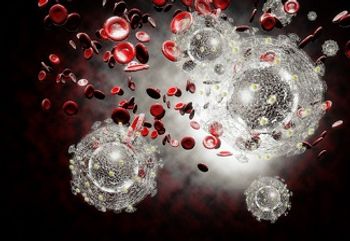
A new study results demonstrate that a cabotegravir/rilpivirine injectable, delivered monthly, is noninferior to standard daily oral antiretroviral therapy and is well tolerated by patients.
Laurie Saloman is a seasoned medical journalist who has written extensively about HIV, influenza, Zika, Covid-19, cancer, endocrine disorders, mental illness, and other infectious and non-infectious diseases. Her work has appeared in Contagion, The American Journal of Managed Care, Pfizer’s Breakthroughs.com, Health After 50, and the journal of the Emergency Nurses Association, among others. A member of the Association of Health Care Journalists and the American Society of Journalists and Authors, Laurie lives in New Jersey with her family. You can reach her on Twitter: @LaurieSaloman

A new study results demonstrate that a cabotegravir/rilpivirine injectable, delivered monthly, is noninferior to standard daily oral antiretroviral therapy and is well tolerated by patients.

Getting rid of the latent reservoir of HIV is a key part of the quest to cure HIV, but the latest study examining the kick and kill method plus ART showed no effect compared with ART alone.
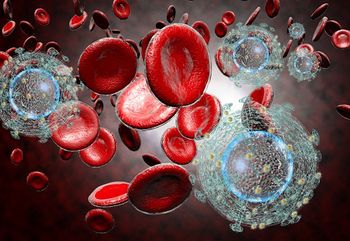
New research pinpoints some of the factors involved in HIV reemergence after cessation of antiretroviral therapy, as well as possible ways to stop the process.

Concerns over the possibility of increased neural-tube defects and weight gain on dolutegravir are outweighed by the much lower rates of HIV transmission from mother to baby than are seen with efavirenz.

Social and biological factors increase the risk of respiratory failure and death in vulnerable pre-term infants, a new study shows.

The rising price of antiretroviral therapy for people living with HIV in the United States is a barrier to adherence. It also blunts efforts to achieve higher rates of viral suppression.
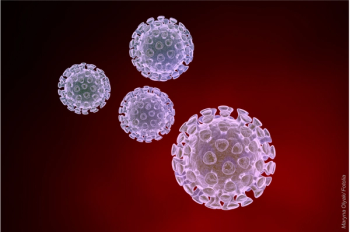
Newer, more effective antivirals mean hearts from donors with HCV are a viable option for transplantation. Rising opioid-related deaths means there are more of these donors available.

Babies born with HIV benefit from beginning ART with days—not weeks—of birth.

Although antiretroviral therapy restores a patient with HIV’s immune system, lingering damage from HIV can render past vaccinations obsolete, a new study finds.

Roughly half of all American expectant mothers living with HIV are receiving treatments that don’t meet federal guidelines. A new study examines prescribing choices for this population.

A new study out of Africa demonstrates that maternal-child clinics may act as a one-stop shop for both pregnancy and postpartum concerns and HIV protection.

Efforts to screen for TB in people newly diagnosed with HIV hopefully will lower death rates.

An analysis of participants in a trial measuring the efficacy of PrEP found that sex-driven dose timing—as opposed to daily dosing—was effective in preventing HIV, even in men who had sex less often.

People with HIV who contract cryptococcal meningitis and suffer seizures experience greater neurocognitive decline and higher rates of death than those who don’t have seizures.

TAF causes cholesterol levels to rise, but that includes levels of “good cholesterol” HDL. Researchers concluded that there is no significant difference in cardiovascular risk profiles between people taking TAF and those taking TDF.
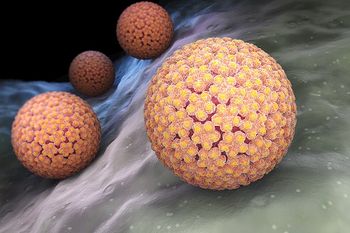
Although screening and follow-up rates were lower than expected in this trial, the option of testing for HPV at home may prove to be a game-changer.

Many African men have a deeply rooted aversion to learning their HIV status. A new study sheds light on their fears and how we can counter them.

When a recent study unexpectedly found that pregnant women taking the isoniazid had a higher rate of poor pregnancy outcomes, a team from Johns Hopkins University set out to clarify the findings.

A medication that secretes growth hormone is shown to reduce liver fat in an HIV-positive population, and investigators would like to see it used more widely.

The latest report from the CDC shows that preventable infections are on the rise nationally. Particularly hard hit are women, young people, minority groups, and infants exposed to syphilis.
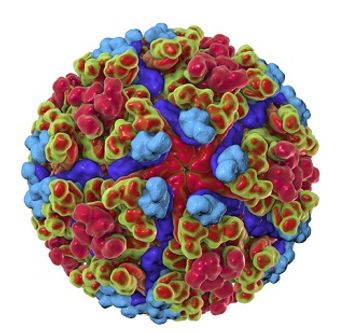
An accidental discovery of a thermostable protein leads to the creation of an engineered vaccine that promises to be a boon to developing countries.

A 7-year study highlights the ability of an ultra-long-acting injectable implant to elute HIV drug combinations for months at a time.

Editing out a particular gene located inside cells has big implications for the weakening of the common cold virus along with more dangerous infectious agents.
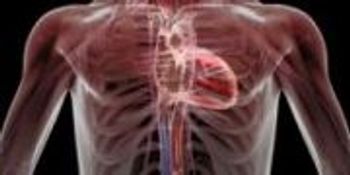
Along with other heart ailments, new research finds that people living with HIV have a greater risk of atrial fibrillation.

A study conducted in Kenya demonstrated that appealing to women who present at family-planning clinics to obtain birth control can increase the percentage who will use PrEP.

That daily PrEP dose may not be necessary, according to a new study that examined time-driven and event-driven dosing in a high-risk population.
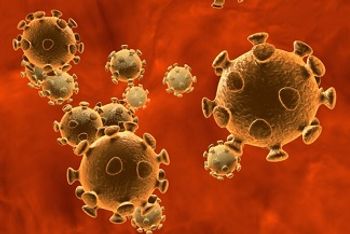
Advances in treatment mean people are living longer than ever with HIV—but the flip side is an increased risk of certain diseases, especially ones related to aging.
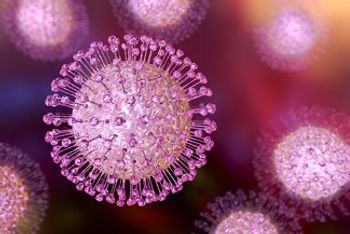
Although antibodies normally shield us from infection, a new study suggests that certain maternal antibodies may actually make it easier for Zika virus to gain a foothold and cause birth defects.

Transitioning from a child born with HIV into an adult living with HIV often means less adherence to antiretroviral medication therapies and a lower level of viral suppression. A new study delves into some possible reasons why.

Sterilization by radiation plus infection with Wolbachia bacteria in male mosquitoes can go a long way toward lowering the burden of deadly disease.